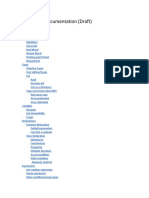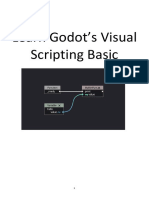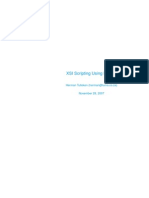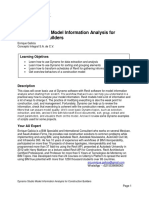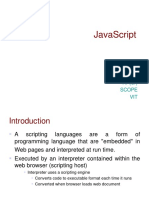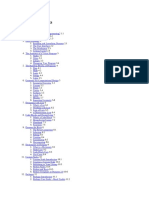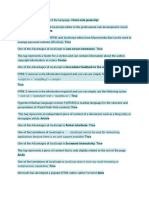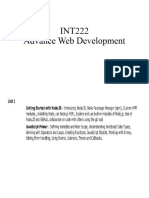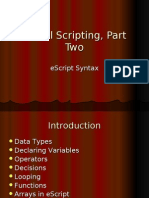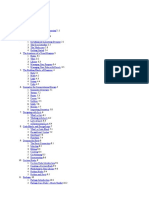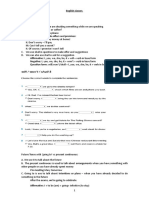0% found this document useful (0 votes)
23 views24 pagesDesignScript IntoTheLanguageUnderlyingDynamo
The document details a workshop on DesignScript, the programming language underlying Dynamo, aimed at beginners transitioning from a node-based to a code-based workflow. It covers fundamental concepts such as syntax, object types, and data management techniques, emphasizing the advantages of using DesignScript for complex tasks. The speaker, Sol Amour, brings a diverse background in architecture and design, focusing on education and technical problem-solving.
Uploaded by
rasookCopyright
© © All Rights Reserved
We take content rights seriously. If you suspect this is your content, claim it here.
Available Formats
Download as PDF, TXT or read online on Scribd
0% found this document useful (0 votes)
23 views24 pagesDesignScript IntoTheLanguageUnderlyingDynamo
The document details a workshop on DesignScript, the programming language underlying Dynamo, aimed at beginners transitioning from a node-based to a code-based workflow. It covers fundamental concepts such as syntax, object types, and data management techniques, emphasizing the advantages of using DesignScript for complex tasks. The speaker, Sol Amour, brings a diverse background in architecture and design, focusing on education and technical problem-solving.
Uploaded by
rasookCopyright
© © All Rights Reserved
We take content rights seriously. If you suspect this is your content, claim it here.
Available Formats
Download as PDF, TXT or read online on Scribd
/ 24




